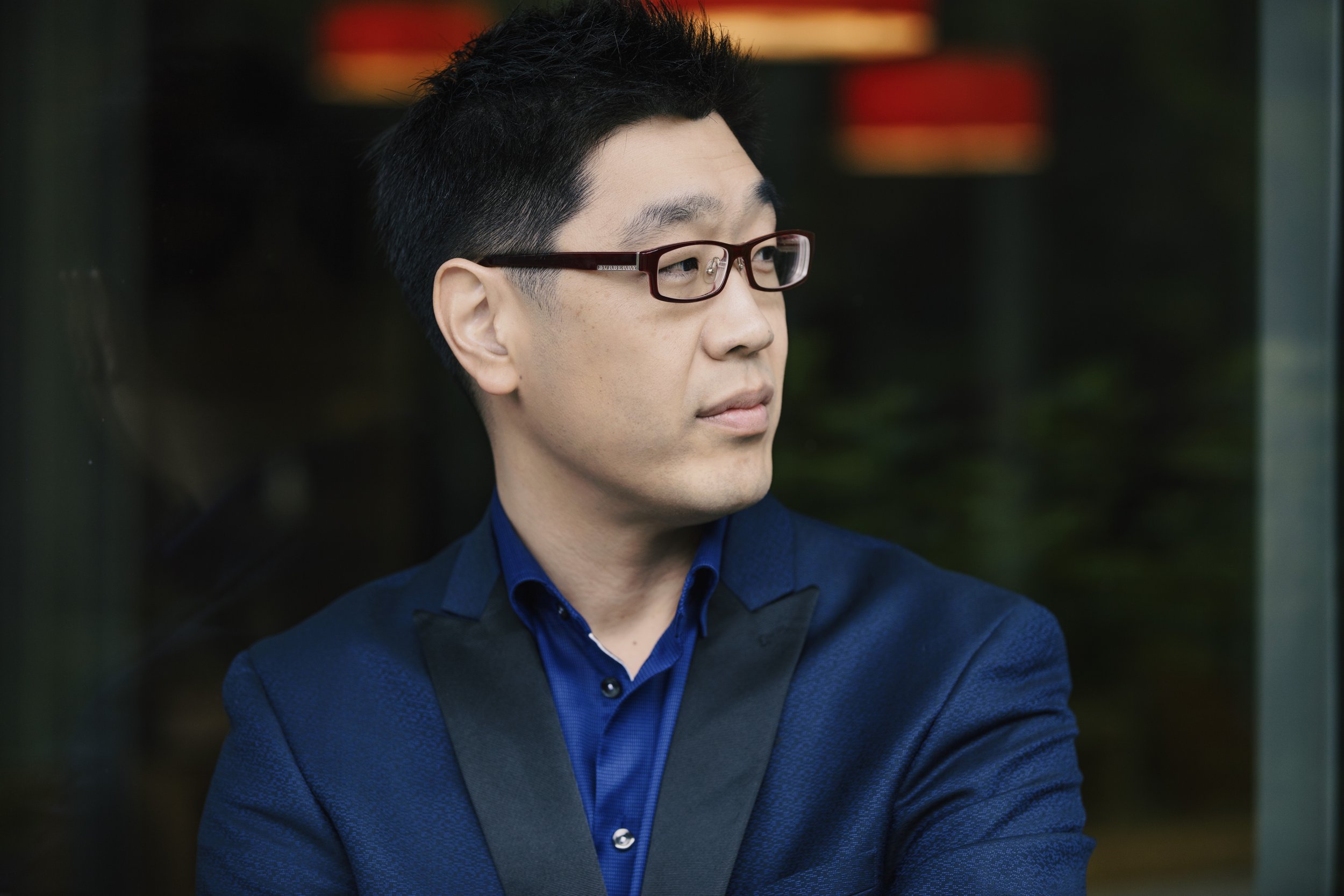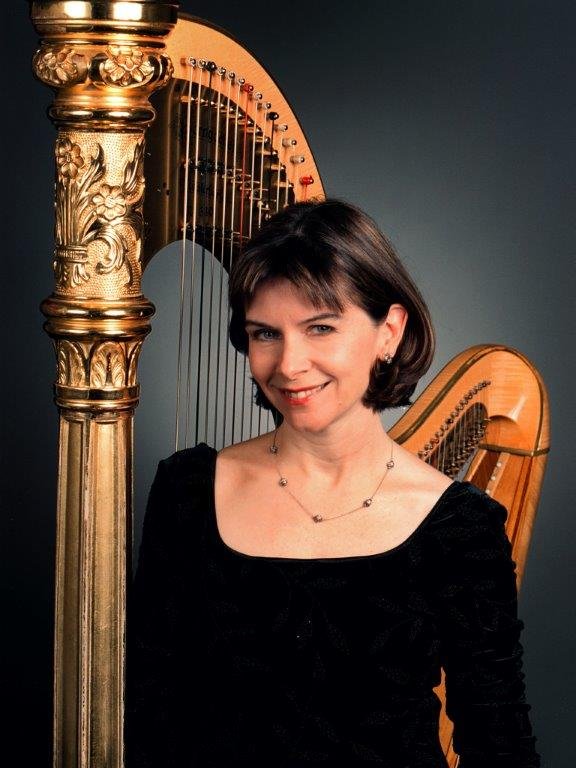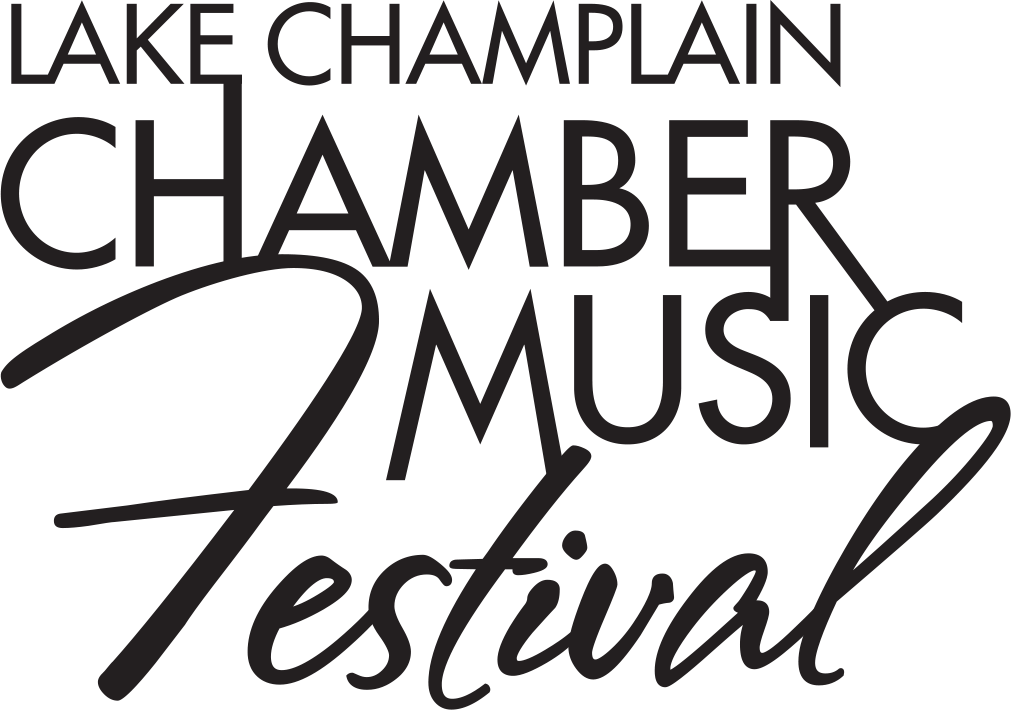CONCERT IV: From Lagos to Paris
SUNDAY, AUGUST 25, 2024
Elley-Long Music Center at St. Michael’s College (map)
2:15 PM | Pre-Concert Conversation with Soovin Kim and David Serkin Ludwig
3 PM | CONCERT IV: From Lagos to Paris
The city of Paris has long been a center for diaspora communities, and an active dialogue between national and ethnic cultural practices with the layered history of French artistry continues today. The finale of FOLKLORE includes masterpieces from two French composers who drew heavily on the sounds of their country, as well as from Nigerian composer Christian Onyeji, who adapts African musical techniques into works that explore themes of identity, indigenous culture, and artistic freedom. Ravel’s Chanson Madécasses set the poetry of French writer Evariste de Parny, who wrote about the people and landscapes of Madagascar.
Reception and Meet-the-Artists to follow
General Admission $45
Under 30 $20
Students $5
PROGRAM
-
Introduction - Très lent
AllegroArtists
Nancy Allen, harp
Emi Ferguson, flute
Bixby Kennedy, clarinet
Jennifer Frautschi, violin
Soovin Kim, violin
Misha Amory, viola
Marcy Rosen, celloProgram Note
Composer Maurice Ravel lived a multifaceted life: he was an extreme perfectionist, World War I ambulance driver, and even a willing subject of an experimental brain surgery that tragically led to a fatal coma. Yet, it was his profound contributions as a composer, pianist, and renowned orchestrator that defined his legacy and left an indelible mark on French music. He is often categorized as a leading figure of impressionistic music characterized by the emphasis on color, atmosphere, and the disruption of Romantic harmonies and forms. In 1905, he was commissioned to write Introduction et allegro for Harp, Flute, Clarinet and String Quartet by the Érard instrument makers to showcase their newest pedal harp model. The commission was a response to a similar one the previous year, when a rival manufacturer had commissioned Debussy to compose Danses sacrée et profane for the same purpose.Introduction et Allegro is a roughly 10-minute piece in G-flat major that many consider a miniature harp concerto. With Érard’s fierce insistence on the deadline and the invitation to a boat party, Ravel set aside his typical writing process, notable for its painstakingly slow and self-critical nature, and completed the piece after, in his words, “a week of frantic work and three sleepless nights”.
The brief Introduction begins with two melodic themes, announced by the winds and followed suit by the strings, layered with the harp’s arpeggio and glissando embellishment. This tranquil opening transitions into a sensual cello melody and a fluttery build-up of speed and volume. This celebratory section calms to an intimate harp solo, launching into the Allegro section of the piece.
The Allegro is marked by the fluidity and the seamless exchange of melody from one instrument to another. With flourishes reminiscent of a full orchestra, he brings back the melodic material that he established in the Introduction, enriching it with new textures such as string pizzicato and intricate layering of different themes. Then, Ravel accumulates energy and releases it into a harp cadenza where the cello melody from the Introduction returns in a mystic rendition featuring harp harmonics. Soon after, the ensemble joins in as the harp recalls the melody from its first solo at the opening of the Allegro section. The recapitulation takes place as more familiar themes return, and the excited energy that Ravel molds throughout the piece is released into the air with an animated, strong conclusion.
©2024 Yura Lee and LCCMF
-
Moderately Fast
Slow
FastArtists
Jeewon Park, pianoProgram Note
This is one of my drummistic piano works that seek to realize and transfer Nigerian drumming techniques to the piano. In this approach, the instrument is made to capture the essence of drum music of specific cultures, particularly that of membrane and wooden drums.Ufie for piano draws from music from the Anambra part of Igbo land of Eastern Nigeria. This music is reserved for titled men who have achieved respectable status in society. It is also referred to as “title music” (egwu echichi). The indigenous music is also called Ufie after the main instruments for the musical performance, the wooden slit Ufie drum among the Anambra people in Igbo land. The music has the big wooden slit drums as the master instruments with a wooden bell and shakers as the ensemble instruments. It is quite a prominent music type in the Anambra cultural context and attracts the community whenever it is performed. It is often performed for title celebrations or for other special achievements of important men. The percussive rhythm and improvisatory nature of the music allows for creative rendition by the performers. Quite often rhythmic themes emerge from the music.
The work makes use of the opening theme of the Ufie music used for the composition. This is found as a unison pattern played by the two hands in the opening of the first movement. This theme is then deployed in various ways in the composition of the three-movement work. Being an ensemble of nondefinite pitched instruments, the tonal materials were drawn from a double pentatonic scale derived from tuned drums of a ukom ensemble. In essence, the tonal resource for the composition was drawn from a set of tuned drums for music for the funeral rites of female members of high achievement in the Ngwa area of Igbo land – ukom.
©2024 Christian Onyeji
-
Nahandove. Andante quasi allegretto
Aoua. Andante
Il est doux. LentoArtists
Jennifer Johnson Cano, mezzo-soprano
Emi Ferguson, flute
Marcy Rosen, cello
Jeewon Park, pianoProgram Note
Despite declining health, Maurice Ravel remained remarkably productive in the final decade of his life, composing some of his most enduring works. In 1928, he wrote his famous Bolero, built on a single theme that repeats and intensifies throughout its fifteen-minute duration. His late-career fascination with the "economy of means" also informed his Chansons madécasses, a song cycle for voice, flute, cello, and piano, which he described as a collection of "dramatic poems in which the voice and instruments are equal partners." Instead of economizing ideas, Ravel opted for this small, unusual combination of instruments that allowed for a wide spectrum of textures and timbres.Completed in 1926, the cycle was commissioned by American patron Elizabeth Sprague Coolidge (who also sponsored Copland’s Appalachian Spring) and is based on texts by French poet Evariste de Parny. De Parny’s texts are interpretations of Madagascan folk songs, and much like Paul Gauguin's Tahiti paintings, these songs reflect the 18th-century European fascination with non-Western cultures. While attempting to capture the sensory richness of distant lands, these texts present imagined, exoticized portrayals of Madagascar through the lens of European perspectives.
The first song, "Nahandove," depicts the meeting of two lovers in the night and features a delicate interplay of longing melodic lines between the instruments. This tranquility is shattered by the vocal cries and rhythmic intensity of "Aoua!," an urgent warning of the dangers posed by colonizers. In this song, the piano often takes on a percussive role, driving the music forward with sudden, dissonant clusters. Ravel also showcases his orchestration skills through the imaginative pairing of the piano’s resonance and the flute’s low notes, creating sounds reminiscent of a "Tam-Tam." These themes of protest and resistance subside to pastoral landscapes in "Il est doux." Here, Ravel introduces peaceful, lush harmonies with a return to interplaying melodic lines between the instruments and voice.
©2024 Alistair Coleman
-
Allegro molto moderato
Allegro molto
Adagio non troppo
Allegro moltoArtists
Soovin Kim, violin
Misha Amory, viola
Edward Arron, cello
Gloria Chien, pianoProgram Note
Fauré’s Op. 45 piano quartet is the second of his two works in the genre begun shortly after revisions to the Finale of the first one. In the absence of any clear motivation or commission for Fauré to compose another piano quartet, musicologists have concluded that Fauré must have simply wished to continue to explore the genre in greater depth. Given the successful reception of his first quartet, this would make sense.Although Fauré appears to have devoted all of his compositional energies to the quartet during 1885–86, there is little trace of the work in his correspondence from that period. However, twenty years later the work gave rise to a Proustian experience, and one of Fauré’s most evocative musical and philosophical ruminations. He expressed it thus in a letter to his wife:
“It is only in the slow movement of my Second Quartet where I can remember having translated, without really meaning to, the distant memory of bells ringing, which at Montgauzy in the evenings, would reach us from a village called Cadirac when the wind blew from the west. Their sound gives rise to a vague reverie, which, like all vague reveries, is not translatable by literary means. Yet isn’t it often that something external lulls us into thoughts of a sort so imprecise that they are not really thoughts at all, though the mind certainly finds them pleasurable. Perhaps it’s a desire for something beyond what actually exists; and that is indeed the domain of music.”
Fauré is describing the opening of his Adagio, the quartet’s third movement. The piano begins in the bass register, suggesting muted bells of pendular regularity, striking perfect fifths; syncopated, these faraway chimes cut across the time signature of 9/8, before dissolving up the keyboard in an arpeggio, out of time. While Fauré consistently mistrusted music’s ability to express “external”, or non-musical, thoughts or imagery, he seems to hint that this movement, in its association with a specific sonic memory, was an exception. In the words of musicologist Carlo Caballero, Fauré here found himself “up against the threshold of musical ineffability.”
©2024 Peter Asimov
ARTISTS
-

Soovin Kim
VIOLIN
-

Gloria Chien
PIANO
-

David Serkin Ludwig
RESIDENT COMPOSER
-

Jennifer Johnson Cano
MEZZO SOPRANO
-

Jennifer Frautschi
VIOLIN
-

Misha Amory
VIOLA
-

Edward Arron
CELLO
-

Marcy Rosen
CELLO
-

Emi Ferguson
FLUTE
-

Bixby Kennedy
CLARINET
-

Nancy Allen
HARP
-

Jeewon Park
PIANO

